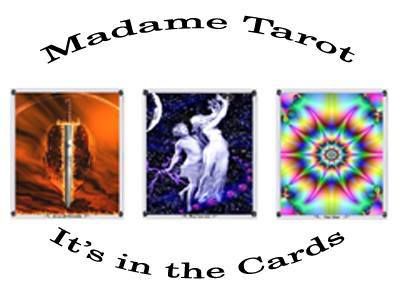The relationship between tarot cards and playing cards is well documented. Playing cards first appeared in Christian Europe some time before 1367, the date of the first documented evidence of their existence was a ban on their use, in Bern, Switzerland. Before this, cards had been used for several decades in Islamic Spain. Early European sources describe a deck with typically 52 cards, like a modern deck with no jokers. The 78-card tarot resulted from adding 21 trumps and The Fool to an early 56-card variant (14 cards per suit).
For a long time tarot cards remained a privilege for the upper class of society, and, although some sermons inveighing against the evil inherent in cards can be traced to the 14th century, the Roman Catholic Church and most civil governments did not routinely condemn tarot cards during tarot's early history. In fact, in some jurisdictions, tarot cards were specifically exempted from laws otherwise prohibiting the playing of cards.
More Recently in History
The earliest tarot cards were hand-painted, the number of the decks produced is thought to have been rather small, and it was only after the invention of the printing press that mass production of cards became possible. Recently, the use of Tarot for divination, or as a store of symbolism, has inspired the creation of Oracle card decks. These are card decks for inspiration or divination containing images of angels, faeries, goddesses, Power Animals, etc. Although obviously influenced by Tarot, they do not follow the traditional structure of Tarot; they lack any suits of numbered cards, and the set of cards differs from the traditional major arcana. In particularly, they tend to lack the negative meanings or imagery of the Tarot, replacing it with imagery which is purely positive.
Friday, May 25, 2007
Subscribe to:
Post Comments (Atom)

No comments:
Post a Comment